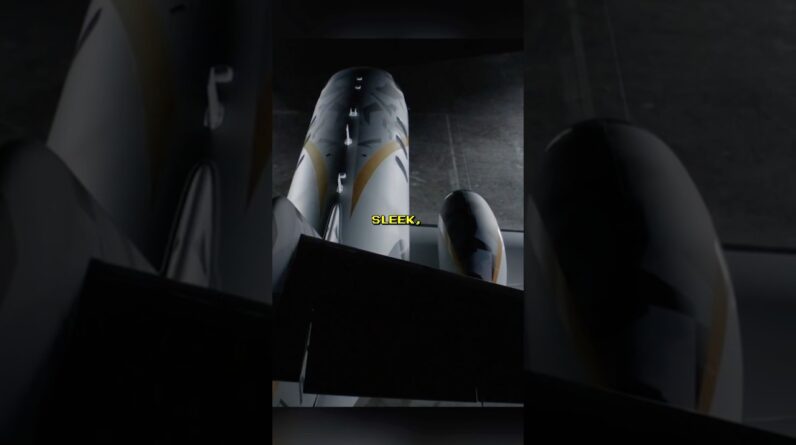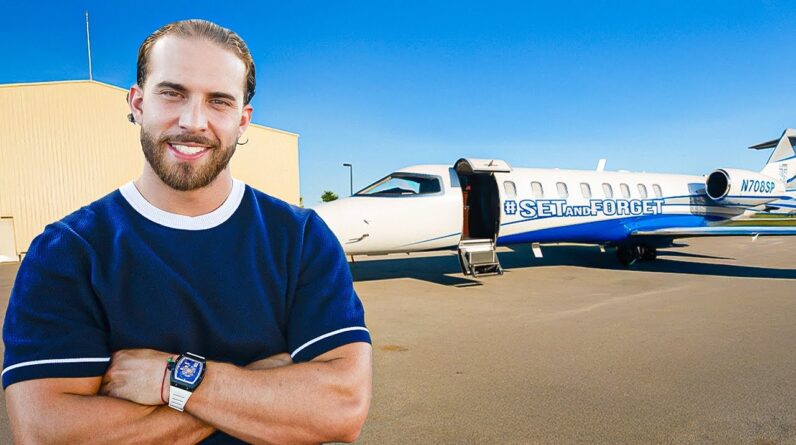De-icing your aircraft when needed is critical for passenger safety. In the simplest terms, de-icing an aircraft means removing the ice and snow from a jet before takeoff. Adverse weather conditions can affect travel plans this time of year. Although an inconvenient charge, it can be a necessary part of cold weather travel, especially in and out of ski country.
Like fuel stops, no one likes de-icing or hangar charges. However, they are a vital part of safe aviation during the winter months, and we try every measure possible to avoid them.

It is crucial to remove all of the ice and snow build up on the jet’s wings and rear tail, as well as the nose where the radar equipment is kept. The jet’s wings and tail shape are precisely engineered in order to produce the proper lift for flight. If there is a change in this shape due to snow and ice, it can cause critical issues with the aircraft’s performance, especially at take-off.
Putting your jet in a hangar can make your life easier during winter weather and temperatures. When possible operators try to arrange to put the aircraft in a hangar prior to the flight. The few hundred dollars for a hangar is much better than the possibility of several thousand for a de-icing bill.

Here’s a closer look at the de-icing process.
The De-icing Process
- To remove the ice and snow, de-icing fluid will be sprayed onto the jet. The fluid will have de-icing and/or anti-icing properties.
- In some scenarios, private jet passengers will be on board during this process to allow immediate takeoff after de-icing and to eliminate further flight delays.
Aircraft De-icing Fluids (ADF)/Aircraft Anti-icing Fluids (AAF)
- There are a variety of types of ADFs/AAFs. They are typically made of ethylene glycol (EG) or propylene glycol (PG), thickening agents, corrosion inhibitors and UV-sensitive dye, among other ingredients. PG fluids tend to be used more often because they are less toxic than the EG fluids.
- The Society of Automotive Engineers publishes the definitions of the four types of aviation de-icing fluids.
- Type I fluids have low viscosity, are sprayed on at high pressure and at hot temperatures. They offer short term protection because they do not stick to surfaces for long after use, and are generally orange in color for both identification and distribution purposes.
- Type II fluids contain a thickening agent to prevent it from immediately rolling off the jet after application. The Type II de-icing fluids are usually a light yellow color and generally stay put until the jet reaches a cruising speed of about 100+ knots. At higher speeds the fluid viscosity breaks down. For this reason, this type of fluid is only appropriate for larger jets.
- Type III fluids fall somewhere between Type I and Type II de-icing fluids. They are intended to be used on slower jets and are also a light yellow color.
- Type IV fluids are quickly becoming the most popular. They meet the same standards as Type II fluids, but they last considerably longer. Type IV fluids are usually dyed green for thorough application.
- Type II, III and IV de-icing fluids containing thickening agents are commonly known as anti-icing fluids because they are made and utilized to prevent further icing after an initial Type I de-icing fluid has been applied.
De-icing Costs
De-icing fluid is an added expense and is charged after the customers’ trip because it is not possible to predict in advance if de-icing conditions will apply. When possible, storing the aircraft in a hangar can help to minimize de-icing charges. We encourage you to be on time for departures especially in cold weather. Leaving an aircraft unnecessarily on the ramp could lead to additional de-icing. We advise you to communicate any possible departure changes as soon as you are aware of them.
De-icing fluid costs are calculated on a cost per gallon basis at each airport, and often there is only one supplier that a private jet is able to use. Costs will be determined on a trip by trip basis.
Please do not hesitate to contact us if we can answer any additional questions or assist you in planning your next trip. We look forward to working with you in the new year!
Please follow us on:
Email: fly@flyprivate.com
Phone: 1-800-641-JETS (5387)
All flights arranged by Private Business Jets, LLC DBA FlyPrivate are operated by Part 135 Certified Air Carriers. FlyPrivate will act as your agent for the purpose of obtaining charter service.






